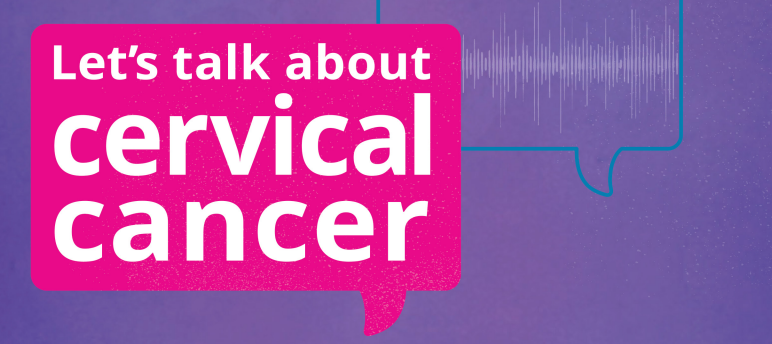- 01843 834160
- [email protected]
- Mon - Fri: 9:00 - 17:00
Everything You Need to Know About Cervical Screening

From the 17th-23rd January, Cervical Cancer Prevention Week begins! Jo’s Cervical Cancer Trust aims to raise awareness on cervical screening and why you shouldn’t be afraid to attend one. As well as awareness, this week also aims to educate people on cervical cancer and what they can do to reduce their risk of developing it.
What is cervical screening?
Cervical screening usually involves testing for high risk human papilloma virus, which is also known as HPV. By undergoing cervical screening, you’re taking the necessary steps to prevent developing cancer.
According to Cancer Research UK, “high risk HPV can cause cervical cells to become abnormal” and this is usually linked to cervical cancer. During a cervical screening, you’ll have to undergo a smear test. This is where a nurse takes a sample of cells from your cervix using a small brush; this sample is then sent to a laboratory.
You’ll first have a HPV primary screening, which is also used in Scotland and Wales. This involves testing your cervical cells to see if it contains the HPV virus. If it does, the laboratory will then check if you have high risk HPV. It’s important to note that not all cervical cell changes mean cancer, but they should be monitored and you should be given the necessary treatment if it does develop into something serious.
If you have high risk HPV

Photo from Jo’s Cervical Cancer Trust.
If your results say you have high risk HPV, the lab will test for any cell changes. If cell changes are found, you’ll have to undergo a colposcopy for a closer look at your cervix. However, if they’ve found no cell changes, you can do another cervical screening after a year.
If you don’t have high risk HPV
If you don’t have high risk HPV, the lab won’t test your sample for cell changes. It’s good to note that cervical cancer or cell changes are unlikely if you don’t have high risk HPV. However, you’ll be invited for another screening after 3-5 years, but this will depend on your age.
Who can have one?
Women who are 25-64 years of age are invited by the NHS to get a cervical screening. If you are aged 25-49, you usually get an invite every 3 years. Afterwards, you’ll get an invite every 5 years until you’re 64 years old. However, to be invited for a screening, you’ll need to be registered with a GP.
In addition to this, it’s also important to note that anyone with a cervix within this age range can do a cervical screening. However, make sure you talk to your GP first. If you’ve never had a cervical screening before and are over 65 years old, you can ask your GP for a test.
How to get involved
If you want to get involved and raise awareness, have a go at doing the following suggestions!
- Talk about cervical screening on social media and share any tips you have and why it’s important.
- If you’ve gone for a colposcopy or received unexpected results, make sure you share your experience to help others.
- Make sure you share Jo’s Cervical Cancer Trust’s tips and support services.
- Download the resources here.
- Display some posters.
- Do a fundraising challenge.
This is everything you need to know about cervical screening, which hopefully helps you to have better understanding. If you want to support Jo’s Cervical Cancer Trust, head over to their donation page! To help Cancer Research UK beat cancer, consider heading over to their donation page too!
For more causes to support, have a look through our charities from our directory here.












